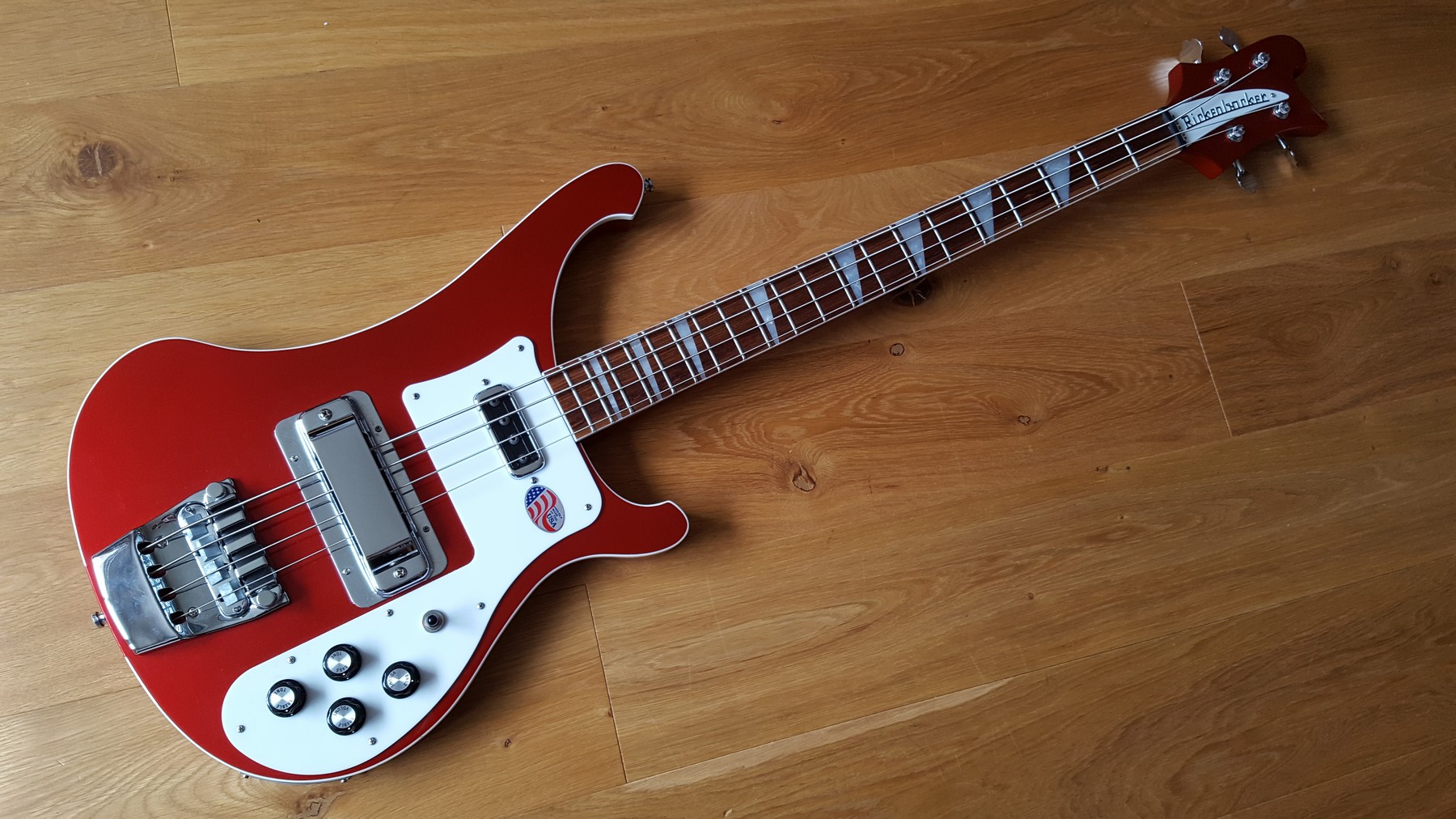
Patent infringement disagreements between National and Dobro led to a lawsuit in 1929 with Dobro suing National for $2,000,000 in damages. Dissatisfaction with what John Dopyera felt was mismanagement led him to resign from National in January 1929, and he subsequently formed the Dobro Manufacturing Corporation, later called Dobro Corporation, Ltd, and began to manufacture his own line of resonator-equipped instruments ( dobros). Unfortunately, National's line of instruments was not well diversified and, as demand for the expensive and hard-to-manufacture tri-cone guitars began to slip, the company realized that it would need to produce instruments with a lower production cost if it was going to succeed against rival manufacturers. Adolph soon became a shareholder in National and, with the assistance of his Rickenbacker Manufacturing Company, National was able to boost production to as many as fifty guitars a day. By the time he met George Beauchamp and began manufacturing metal bodies for the "Nationals" being produced by the National String Instruments Corporation, Rickenbacker was a highly-skilled production engineer and machinist. In 1925, Adolph Rickenbacker and two partners formed the Rickenbacker Manufacturing Company and incorporated it in 1927. This was done probably in order to avoid German connotations in light of the recently concluded First World War as well as to capitalize on Adolph's distant relation to World War I flying ace Eddie Rickenbacker. Sometime after moving to Los Angeles in 1918, he changed his surname to "Rickenbacker".

Īdolph Rickenbacher was born in Switzerland in 1886 and emigrated to the United States with relatives after the death of his parents. On January 26, 1928, the National String Instrument Corporation was certified and, with its new factory located near a metal-stamping shop owned by Adolph Rickenbacher and staffed by some of the most experienced and competent craftsmen available, began to produce Spanish and Hawaiian style tri-cone guitars as well as four-string tenor guitars, mandolins and ukuleles. Thereafter, Dopyera and his brothers began to make the tri-cone guitars in their Los Angeles shop, calling the new guitars "Nationals". After further refinements, Dopyera applied for a patent on the so-called tri-cone guitar on April 9, 1927. These efforts produced an instrument which so pleased Beauchamp that he told Dopyera that they should go into business to manufacture them. Their next collaboration involved experiments with mounting three conical-shaped aluminum resonators into the body of the guitar beneath the bridge. He first conceived of a guitar fitted with a phonograph-like amplifying horn, and approached inventor and violin-maker John Dopyera to create a prototype which proved to be, by all accounts, a failure. George Beauchamp was a vaudeville performer, violinist, and steel guitarist who, like most of his fellow acoustic guitarists in the pre-electric-guitar days of the 1920s, was searching for a way to make his instrument cut through an orchestra. During the early 1940s, Rickenbacker amps were sometimes repaired by Leo Fender, whose repair shop evolved into the Fender Electric Instrument Manufacturing Company.
#Rickenbacker 325 ruby professional#
Lansing of the Lansing Manufacturing Company designed the speaker in the Rickenbacker professional model. Shortly thereafter, design engineer Ralph Robertson further developed the amplifiers, and by the 1940s at least four different Rickenbacker models were made available. A Los Angeles radio manufacturer named Van Nest designed the first Electro String production-model amplifier.

By the time production ceased in 1939, several thousand "frying pans" had been produced.Įlectro String also sold amplifiers to go with their electric guitars.

They had pickups with a pair of horseshoe magnets that arched over the strings. Nicknamed "frying pans" because of their long necks and circular bodies, the instruments were the first solid-bodied electric guitars, though they were a lap-steel type.
.JPG-original.jpg)
They chose the brand name Rickenbacher (later changed to Rickenbacker), though early examples bear the brand name Electro. These instruments had been designed by Beauchamp, assisted at the National String Instruments Corporation by Paul Barth and Harry Watson. The company was founded in 1931 as the Ro-Pat-In Corporation (Elect Ro-Patent- Instruments) by Adolph Rickenbacher and George Beauchamp in order to sell electric Hawaiian guitars. Sketch of Rickenbacker "frying pan" lap steel guitar from 1934 patent application


 0 kommentar(er)
0 kommentar(er)
